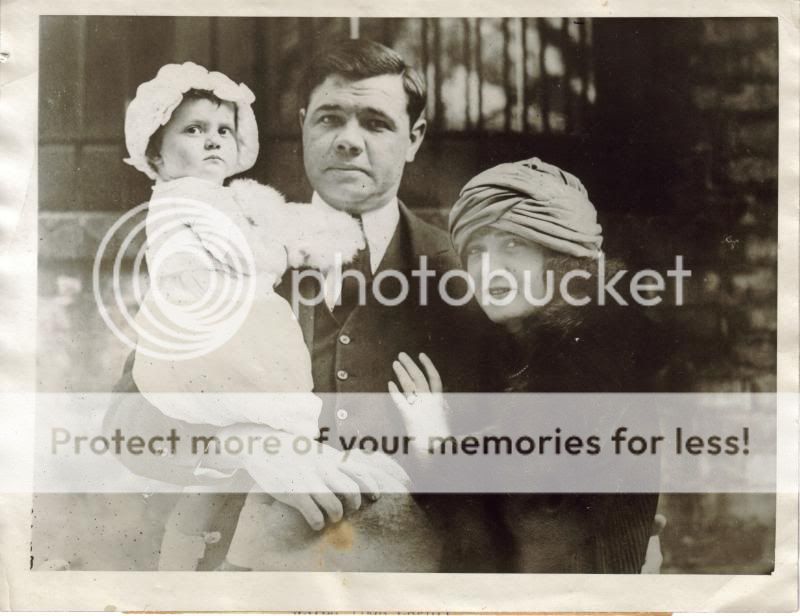It’s hard to believe, but I wrote my first post a year ago today. It’s amazing what a year can do.
If I knew then what I know now that I didn’t know then (say that three times fast), I might be amazed. And I still have a lot to learn. That being said, I want to offer a list to anyone who’s just starting out or needs a refresher. Here are some things I’ve learned in the past year:
1. Google Analytics
This lets me track how many people come to my site and how long they’re here, among other things. In other words, it’s great for gauging what’s working and what isn’t. Hard to believe, but I never knew of Google Analytics before I started working a software sales job last June.
2. Quantcast
This is the most accurate external measuring tool for my site stats I’ve found. As of today, Quantcast says I get 892 unique monthly visitors. People who blog for a living get upwards of 25,000. I think I’d like 3,000, which seems attainable in the foreseeable future. Anything more, and I might need to be blogging full-time. On a side note, I’ve also learned of Alexa and Compete in the last year, but my ratings there embarrass me and are possibly inaccurate, so I’m not providing links.
3. The value of getting sites to link up
Baseball Musings linked to one of my posts in January, and I got 80-100 extra visitors to my site. Since then, I’ve worked hard to craft a few entries worthy of additional links, which isn’t easy since the man who runs that site has high standards. That’s a good thing, though: It makes it that much sweeter when he does link me up.
4. The importance of writing well and writing often
I cannot stress this enough. When I started, I figured I’d write once a week. A friend suggested every day. My friend had the right idea. With the help of Quantcast, I’ve learned I attract more regular readers when I post often. While I think the most important thing for a blog is excellent writing, providing this original, quality material on a near-constant basis doesn’t rank far behind.
5. The 80/20 rule applies
I heard my boss say something to the effect, not long ago, that 20 percent of work produces 80 percent of results and vice versa. The ratio may be even more skewed with this site. Out of the 150 or so posts I’ve written, I have three, maybe four that get me the bulk of my traffic off of search engines. I write often with the tacit understanding that over time, little will be remembered.
6. The importance of reading other bloggers
Blogging, I’ve found, is little more than an advanced form of social media. I can write and entertain my friends, and a certain number of people will find me off search engines. From there, some of my most loyal readers are other bloggers who I’ve reached out to and vice versa. They read my entries, I read theirs and everyone’s happy.
7. Don’t take anything personally
There are millions of other blogs. I’m just one. I knew this a year ago, but it bears repeating. Most people have probably never heard of this site, and out of those that have, there are probably some who don’t care for it. That’s fine. End of day, I write because something feels missing in my life when I don’t do it.
Then there are the things I’ve learned just in the last week:
8. How to add a Twitter widget to my site (I learned how to do that on Thursday)
9. How to add a blogroll and list of cool sites (I finally learned how to do that Friday afternoon, months after assembling some links)
10. How to get my blog indexed in Blog Catalog, a free indexing site. There are many free tools on the Internet for promoting a blog. I encourage anyone to take advantage of them.
When I started this blog, I didn’t know how long it would last or if I would follow through on it. I feel established now, and I look forward to what the future holds. Honestly, I feel I’ve only scratched the surface on what’s possible. I want to thank everyone who’s supported this site. Knowing anyone cares to read me is tremendously gratifying and makes maintaining this site so much easier and more enjoyable. In the words of Michael Scott, “You guys are the reason that I went into the paper business.”
